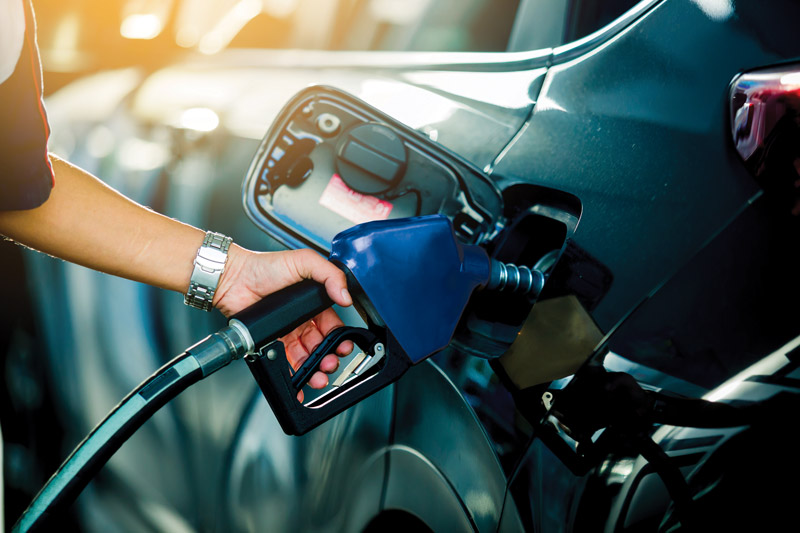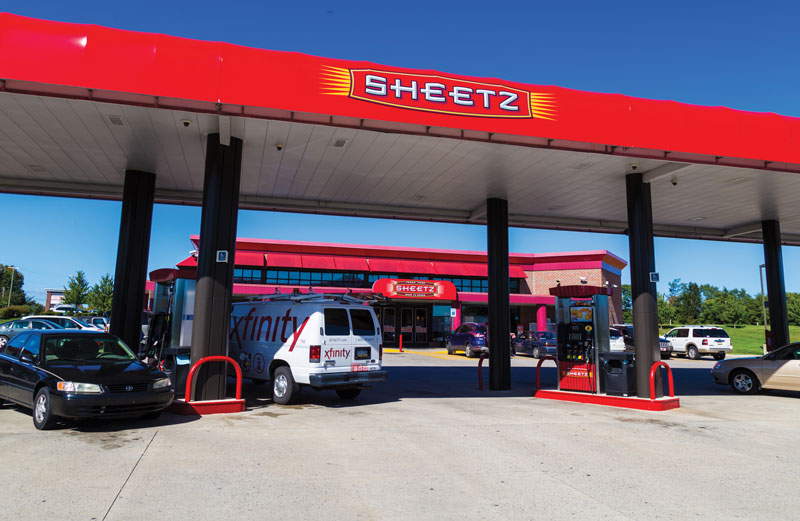In May of 2019, the Environmental Protection Agency (EPA)--driven by President Donald Trump’s promise to “unleash the power of E15 to fuel our country all year long”--finally removed the 30-year-old restrictions that had limited retail sales of E15 during the summer months.
Many considered it a test, of sorts, to see what consumers would do with that new choice. And whether retailers would want to invest in E15, which is regularly marketed as--and maybe better known as--Unleaded 88.
E15 passed that test.
Consumers bought a record 500 million gallons of E15 in 2019. The average retail site saw summer sales of the fuel increase 46% on a per-store basis, according to Growth Energy, the trade association that represents more than 100 biofuel producers across the country. Retailers reported that sales of E15 jumped to anywhere from 30 to 50% of their total fuel sales.
Less than a year later, in March of 2020, the U.S. Department of Agriculture (USDA) announced the next step in the plan to “unleash the power of E15.”
The Higher Blends Infrastructure Incentive Program (HBIIP) will provide $100 million in grants for retailers to make it easier for consumers to buy domestic ethanol and biodiesel.
“The Higher Blends Infrastructure Incentive Program will expand market access to clean-burning, homegrown, affordable biofuels across the nation,” says Rob Walther, the Vice President of Federal Affairs at POET. “This program will help bolster the domestic market for America’s farm families and grow investments in rural communities. This program is a win for our farmers, consumers, and the environment.”
For retailers like Sheetz, a chain of family-owned convenience stores based in Pennsylvania, HBIIP reinforces one of its company’s core tenets: consumer choice.
“Not only do we want to offer the consumer more choices,” says Mike Lorenz, Executive Vice President of Petroleum Supply at Sheetz, “but we want to offer them better choices. We can now offer customers this cheaper fuel that is also higher octane and cleaner burning and creates American jobs. We’ve always seen E15 as a great value proposition for the consumer on many levels.”
Sheetz, in fact, was one of the first of the forward-thinking major retailers when it came to carrying E15. In 2013, they were an early member of Prime the Pump, an industry program designed to bring E15 to high-volume retailers. In 2015, they signed on with the Biofuel Infrastructure Partnership (BIP), a precursor to HBIIP.
“The two biggest reasons we initially got into E15 were Prime the Pump and BIP,” says Lorenz, who has been with Sheetz for 20 years. “And we appreciate the fact that the USDA will be administering the new HBIIP. In the previous BIP program, the states oversaw the grants, and each of the states administered things differently. Now we’ll have the consistency of going directly through the USDA, a group that really understands the importance of the program.”
Today, Sheetz serves more than 1.5 million customers every day. They carry E15—which they label as “Unleaded 88”—in 280 of their 600 stores across six states.
Lorenz says the HBIIP will help Sheetz offset the costs of installing E15 with every new store while retooling existing locations to carry E15. And, he says, other retailers will use these incentives to finally get into the E15 and biodiesel market.
The HBIIP, according to the USDA, is designed to “help facilities convert to higher ethanol and biodiesel blend-friendly status.” This help — $100 million to be distributed over the next year — will come in the form of grants to install new pumps and retrofit old ones, run new fuel lines and buy and bury new storage tanks.
“The USDA absolutely understands the economics of E15 and they have put together a program that will have a significant impact on the marketplace,” says Mike O’Brien, Vice President of Market Development with Growth Energy. “They saw what happened with the increase of E15 sales in 2019, and they realized the potential positives for everyone, from the consumer to the retailer to the American farmer.”
For the American farmer, the HBIIP is expected to help drive the production of an additional 7 billion gallons of biofuel every year, which would create a homegrown market for 2 billion annual bushels of corn. That number roughly matches the USDA’s prediction of 2019’s corn carryout (the amount left over after the immediate need for a grain has been met). A rise in E15 could create an instant market for that excess corn.
And yields continue to rise. Even with a record-wet spring, 2019 corn production came in at 13.7 billion bushels and 168 bushels per acre. International markets have been stagnant for decades (and account for only 15% of annual corn sales), and average corn yields for the next few years are expected to reach an all-time high of 185 bushels per acre, producing well over 14 billion bushels.
“Renewable biofuels are really the best way to increase the sale of corn and bolster its price,” says Walther. “This HBIIP program is going to help retailers carry E15, and let the consumer decide once and for all what they want to buy. Do they like saving money? Do they like buying a product that’s better for their health? Better for the environment? That has more domestic resource in it? We want to let the market decide.”
Walther, who is based in Washington D.C., believes that more access — E15 can now be purchased at 2,000 stations in 30 states — means more consumer confidence in the fuel.
“We have over 10 billion miles traveled in this country on E15,” says Walther. “E15 is the most tested fuel in the history of fuels in this country, and those tests have shown it is perfectly safe, and better for your vehicle.”
While Growth Energy and POET have praised the HBIIP program, both hope it’s yet another step toward leveling the playing field when it comes to competing with Big Oil. Both groups, for instance, believe it is important that HBIIP is extended to cover multiple years of funding.
“This is the type of program that can make a real difference,” says O’Brien. “This is a program that can make long-term inroads for the industry, especially if they extend this out to multiple years.”
Another one of the ways to level that field centers around revisiting the Environmental Protection Agency’s required on-pump labeling of E15.
“When the EPA created the labeling, they made it look about as scary as you could possibly make it,” says Walther. “It’s orange and black, Halloween colors, and it makes people very concerned about a fuel that is the best option ever available to drivers.”
For Mike Lorenz, the E15 designation itself was confusing for Sheetz customers. “We call the product Unleaded 88,” says Lorenz. “Ninety-seven percent of the gasoline sold in the U.S. is E10, but if you said ‘E10’ to anyone, no one knows what that is. Likewise, they don’t have any idea what E15 is. They understand unleaded gasoline and that 88 is the octane number. There’s no reason we shouldn’t be able to market it just like we market other fuels. Because we know consumers want this product.”
And, he says, the HBIIP—that $100 million investment into ethanol and biodiesel—means more retailers will carry E15, more consumers will buy E15, and more American farmers will find more markets for the country’s excess corn.
“Sure, some customers may only buy it because it’s a better value,” Lorenz says. “But that’s fine, too. We know they’re buying a product that is cleaner burning, better for the environment, reduces dependence on foreign oil, and creates American jobs.”








